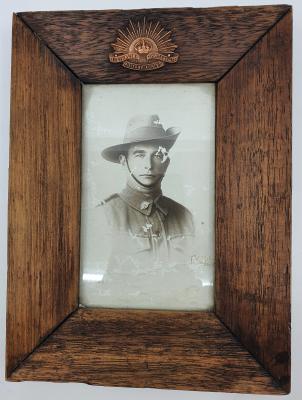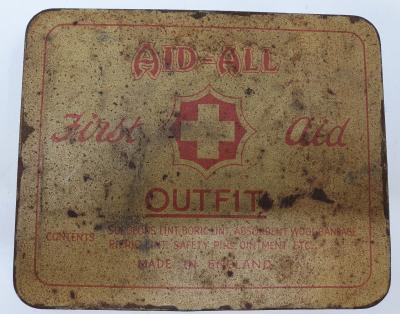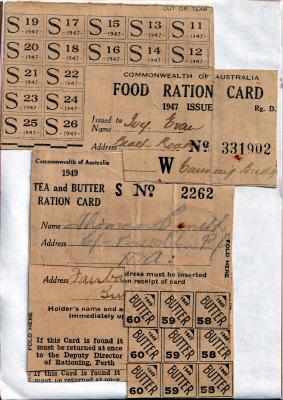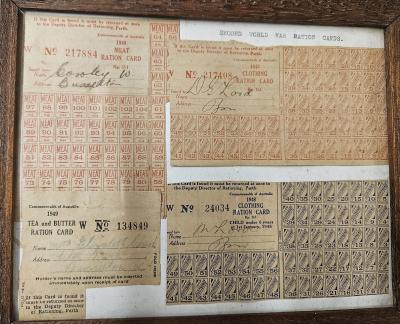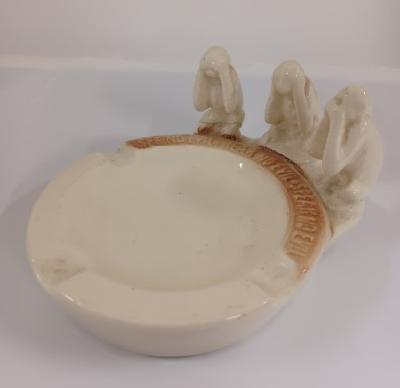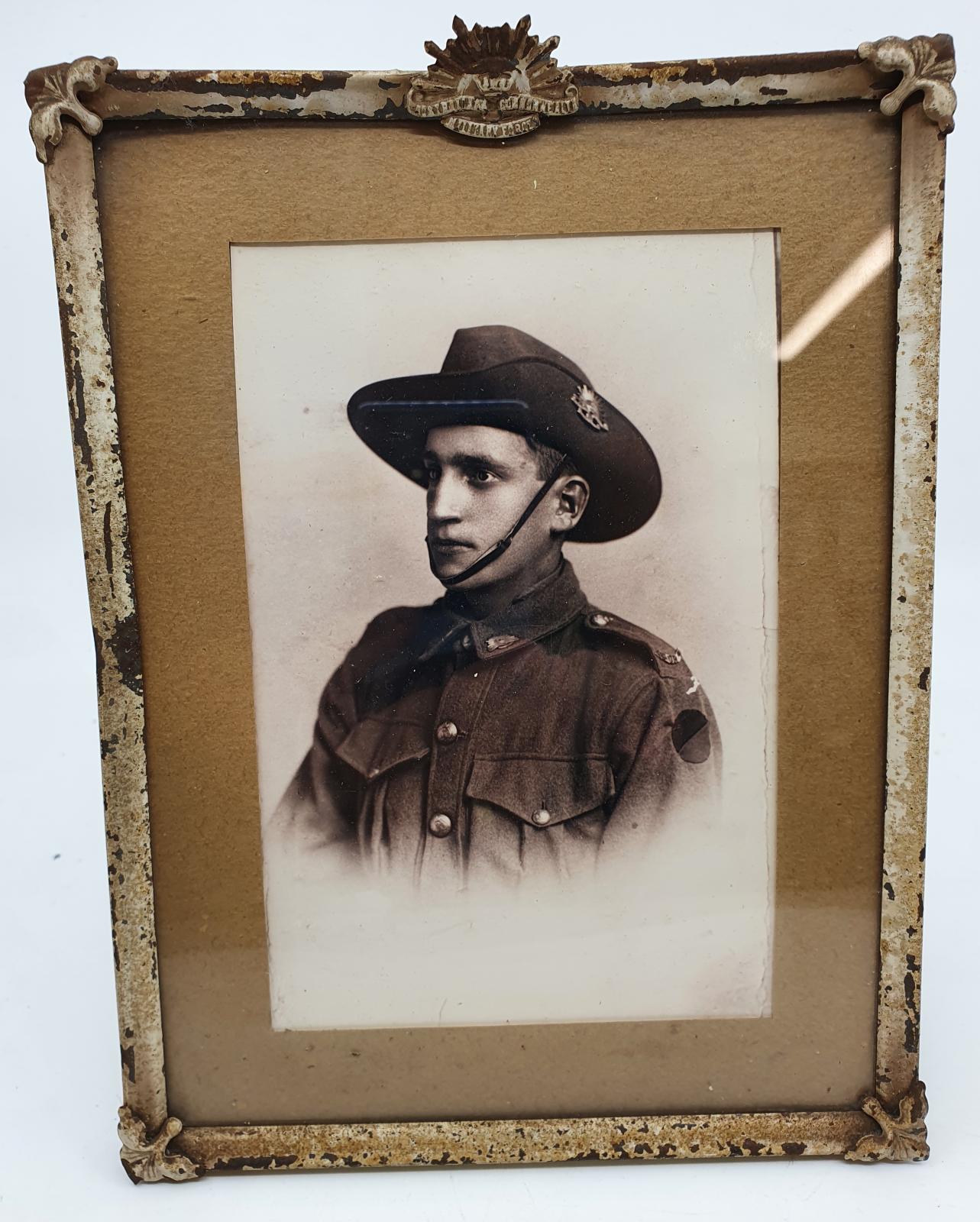Framed Photograph - Private Charles Cecil Cuthbert
1920Gold metal frame with insignia of rising sun badge located at the top centre.
A black and white photograph of a uniformed man (head and shoulders).
The 51st Battalion was raised in Egypt in the first week of March 1916, as part of the "doubling" of the AIF. Approximately half of its recruits were Gallipoli veterans from the 11th Battalion, and the other half, fresh reinforcements from Australia. Reflecting the composition of the 11th, the 51st was predominantly composed of men from Western Australia. The battalion became part of the 13th Brigade of the newly-formed 4th Australian Division.
Pte Charles Cecil Cuthbert 1(899-1923) was only 18 years old when he enlisted in the Australian Imperial Force. He embarked on HMAT Miltiades to serve in the 51st Infantry Battalion 13th Brigade. Charles was hospitalised several times after being gassed, suffering pneumonia and receiving a severe gunshot wound to his left knee whilst serving in France.
He returned to Australia and was discharged in April 1920. Charles died of illness in September 1922.
Details
Details
Charles Cecil Cuthbert (1899-1923) served in 51st Battalion 13th Brigade.
Alfred Cuthbert, (1851-1929), married Harriet Emily Farthing (1853-1907) in Colchester England in 1874.
Their son Thomas Alfred Cuthbert (1875-1952) married Agnes Elizabeth Palfrey (1874-1944) in 1898 in Colchester, England and they had 2 sons & 4 daughters:
Charles Cecil (1899-1923). Born Colchester England
Florence Emily (1901-1991). Born Colchester England
Edward Alfred (1902-1986). Born Bedfordshire, England
Evelyn Agnes (1904-1948). Born Colchester England
Gertrude Elizabeth (1910-2001). Born Busselton
Ruth Alice (1913-2004) Born Busselton
Walter Thomas (1916-2015) Born Busselton
Thomas Cuthbert and his wife emigrated to Western Australia with 4 children on SS Oratava in 1908. They arrived in Fremantle, where Thomas left his wife and children and travelled to the southwest, to look for land. As all the coastal land had been taken up, he selected 160 acres (homestead block) no. 705 on Jalbarragup Road, about 12 miles from Busselton. The family joined him and together they set about clearing the land, planting fruit trees & vegetables. They lived in a canvas hut with a jarrah bark roof & a stone fireplace. Eventually a house was erected, made of split sawn timber slabs and a corrugated iron roof and verandahs were added later. There was a dirt floor for many years.
The farm became very self-sufficient: chooks, ducks, pigs & cows were eventually acquired. Flour bags were refashioned as outside wear, sugar bags were made into smocks, calico bags into pants, petticoats & towels. Nothing went to waste.
Other items from Busselton Historical Society
- Framed Photograph - Sapper Edward 'Ned' Pries
- Ammunition Box
- WW2 Field Dressing
- WW1 Trench Art Vase
- WW1 Personal First Aid Kit
- WW2 Ration Cards
- WW2 Petrol Ration Cards
- WW2 Food Ration Cards
- WW2 Meat, Clothing, Tea & Butter Ration Cards
- WW2 Wooden 303 Ammunition Box
- Molotov Cocktail Tongs
- Novelty Ashtray - 3 monkeys
